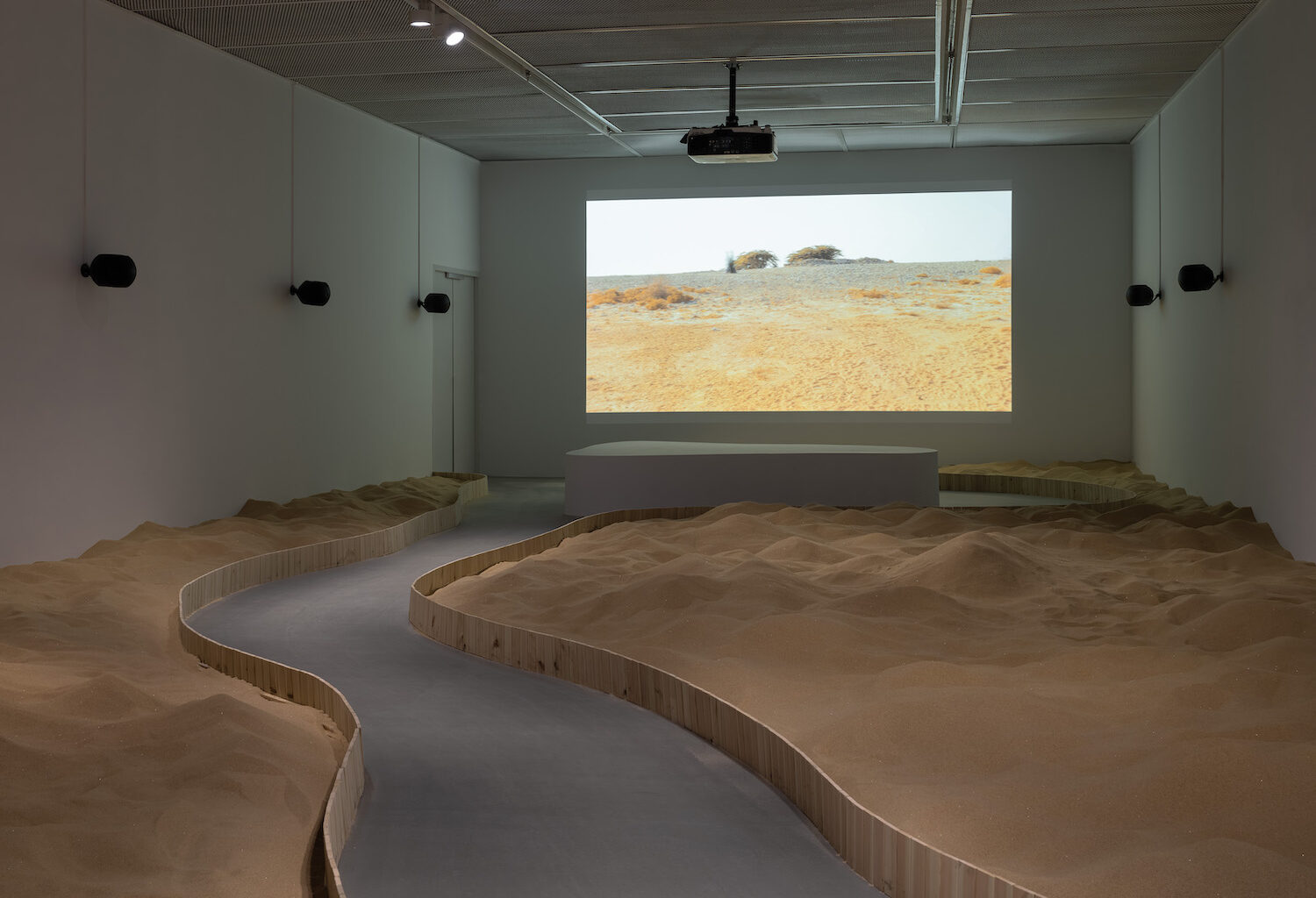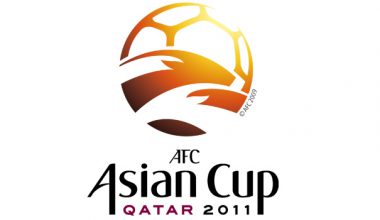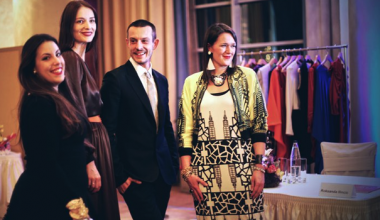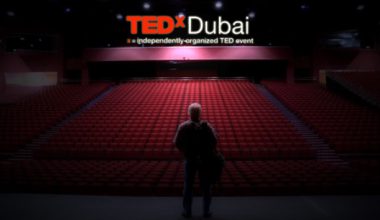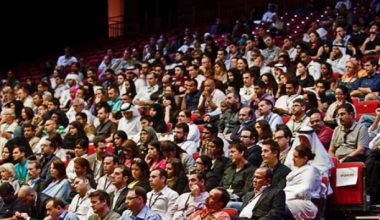History was made at the Yuz Museum Shanghai with "Watering the Desert: Contemporary Art from Qatar," a groundbreaking exhibition that unfolded in a spirit of cultural diplomacy. This first-ever large-scale showcase of Qatari and Qatar-based artists in China marked a significant milestone and ran from November 8, 2023, to March 3, 2024. Curated by Issa Al Shirawi and Sheikha Maryam Hassan Al Thani of Qatar Museums, the collaborative effort with Yuz Museum brought together 34 artists from diverse backgrounds. These talented individuals, working across disciplines like art, design, and filmmaking, captured the essence of Qatar's contemporary art scene.
Her Excellency Sheikha Al Mayassa bint Hamad bin Khalifa Al-Thani, Chairperson of Qatar Museums, underscored the significance of "Watering the Desert," a product of a six-year strategic partnership between Qatar Museums (QM), Yuz Museum (YUZ), and the Los Angeles County Museum of Art (LACMA). Sheikha Al Mayassa emphasized that the exhibition was a testament to the power of cross-cultural dialogue and artistic exchange, which fostered global connections through the universal language of art. Collaborating with Yuz Museum in Shanghai, a longstanding partner of Qatar Museums, demonstrated a commitment to amplifying distinct Qatari voices and artistic practices in the global arena.
The exhibition served as a bridge between Qatar's traditional heritage and its modern transformative spirit. It explored a myriad of multidisciplinary projects organized around four interconnected themes: the vibrant recollection of shared experiences, commentary on complex social dynamics related to the concept of home, reflections on urban transformations, and the harmonious fusion of art with the natural environment. This culturally rich presentation encapsulated the current artistic zeitgeist in Qatar.
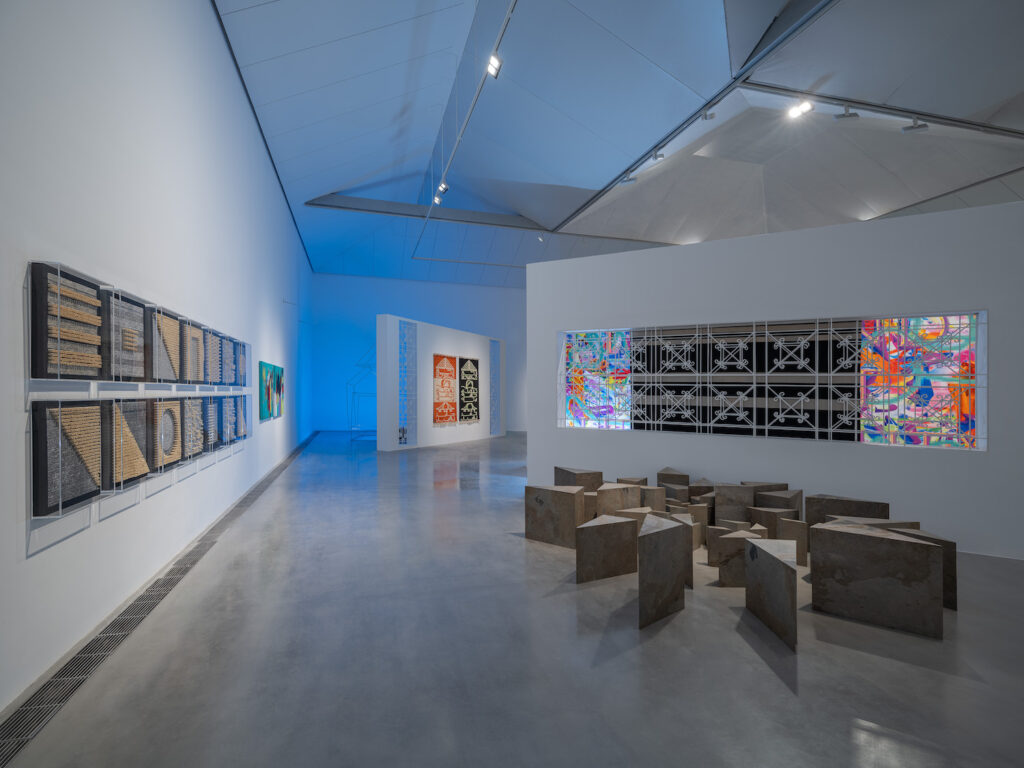
Roles of exhibitions in cultural diplomacy
Exhibitions play a pivotal role in cultural diplomacy by serving as platforms for dialogue, exchange, and understanding between diverse cultures. They provide opportunities for individuals to engage with different perspectives, traditions, and histories, fostering empathy and mutual respect. “Our choices serve as a cultural diplomacy tool, emphasizing shared commonalities in experiences and traditions. These choices facilitated a connection not only for Chinese audiences and artists but also for individuals worldwide. Through this curated language of art, we encouraged dialogue on diverse or shared beliefs, explored new artistic technologies, and contemplated universal themes like the impact of globalization on traditions or the evolving nature of cities and homes for younger generations,” explained the curators, Issa Al Shirawi and Sheikha Maryam Al Thani.
“We approached the show answering a few questions particularly on what type of exhibition do we want to see? And more specifically, what type of exhibition from Qatar do we want to see abroad? It meant going through multiple iterations – working on different themes and exhibition structures from both a curatorial and design perspective,” said Al Jazi Al Thani, Head of Exhibitions Design and Build Section.
In terms of balancing local and global narratives, the team highlighted the importance of authenticity and resonance. “We tend to work on very particular aims and objectives, and the most primary one is looking at presenting Qatar, its culture, heritage, artistic practices, and collections from within. This means breaking down stereotypes and really focusing on what matters to us with the hopes of it connecting and resonating abroad.” By prioritizing the representation of Qatar's culture and heritage while ensuring relevance to global audiences, the team aimed to create exhibitions that authentically reflect Qatar's identity while also appealing to broader universal themes.

Impact Assessment
Instead of relying solely on traditional metrics such as visitor numbers and gallery dwell time, the response suggests a more qualitative approach centered around the visitors' perception and understanding of Qatar. Al Jazi Al Thani explains, “The great opportunity for travelling exhibitions is also the interest in seeing the show move to other locations. This means that there is an appetite to learn more about Qatar and its artistic practices and culture.”
Interdisciplinary Collaborations
In the realm of cultural exhibitions, interdisciplinary collaborations stand as powerful conduits for bridging diverse narratives and crafting a more comprehensive understanding of cultural heritage. Curators Issa and Sheikha Maryam expressed, “To shape this exhibition, we wanted to showcase, highlight, and incorporate elements of fun, informativeness, and an amalgamation of diverse mediums. Our approach aimed to unveil the nuances of Qatari lived culture while highlighting universal themes bridging the gap between diverse narratives. The selected artists delved beyond surface representation, enabling Shanghai's audience to grasp Qatar's practices through chosen themes.” Through this lens, the exhibition sought to foster a dialogue that transcends geographical borders, enabling audiences to connect with the essence of Qatari lived experiences.
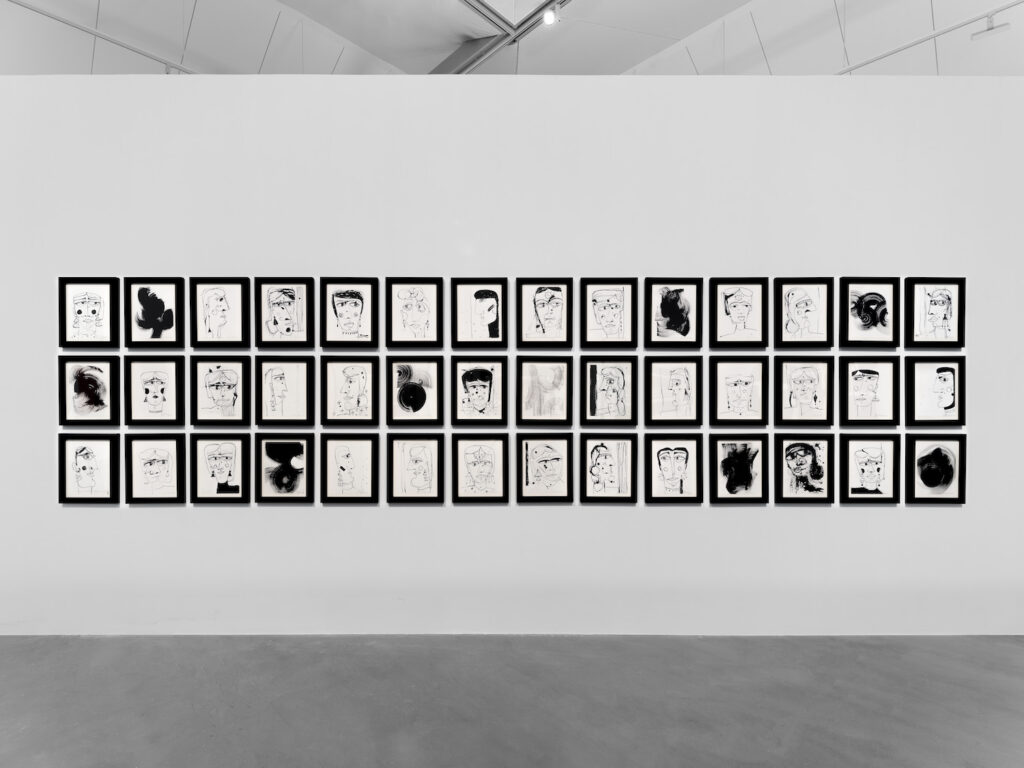
Cross-Cultural Dialogue
The perspectives shared by some of the artists including Noor Abuissa, Mubarak Al Thani, and Amena Al Yousef offer profound insights into the transformative potential of art as a catalyst for cross-cultural dialogue and understanding. Through their diverse artistic practices, these artists exemplify the power of creativity in bridging cultural divides, fostering mutual respect, and celebrating global diversity.
From Abuissa's intricate Islamic geometric patterns, to Al Thani's explorations of globalization's impact, and Al Yousef's utilization of natural pigments, each artist contributes to a rich tapestry of cross-cultural exchange. As Abuissa, a specialist in Islamic geometric art, puts it, "I believe my work significantly enhances cross-cultural dialogue and understanding. Art, as a universal language, transcends barriers and connects people on a profound level." Their collective works beckon viewers from diverse corners of the world to partake in conversations that defy borders, inviting reflection, appreciation, and empathy. Al Yousef, for instance, infuses each piece with elements from Qatar's distinctive landscape, celebrating heritage while sparking global dialogues. “By infusing each piece with elements from Qatar's distinctive landscape, I aim to celebrate my heritage but also start conversations on a global scale.” expressed Al Yousef.
As cultural ambassadors, these artists remind us of the universal language of art—a language that speaks to the universal human experience, transcending differences in language, religion, and geography. "The precision and elegance inherent in the patterns evoke a sense of tranquility and contemplation. This serene quality becomes a universal touchpoint, inviting individuals from various cultural backgrounds to engage in a shared aesthetic experience," expressed Abuissa.
Al Thani further observed, "To my surprise, this cross-cultural appreciation is not exclusive to abstract paintings only. I find that some people from different cultures are interested in literary references of cultures other than theirs." Al Thani also noted his works' appeal to different regions of the world, stating, "My paintings themed around GCC culture, along with inspiration drawn from the US and other regions, have garnered attention globally."
Al Yousef added, "By tapping into the essence of Qatar's landscape, my art becomes a bridge, enabling people from diverse backgrounds to connect emotionally and intellectually. The use of Qatar's natural resources in my pigments provides a tangible connection to the environment, fostering a universal appreciation for the beauty of nature. Colors and textures evoke emotions that transcend linguistic and cultural differences."
In an era marked by globalization and interconnectedness, their contributions serve as beacons of hope, fostering connections and understanding amidst diversity.
– Marsya Abdulghani

